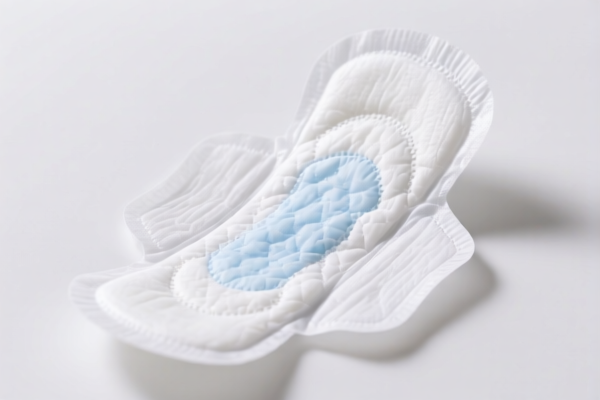| HS Code | Official Doc | Tariff Rate | Origin | Destination | Effective Date |
|---|---|---|---|---|---|
| 9503000071 | Doc | 30.0% | CN | US | 2025-05-12 |
| 3926400090 | Doc | 35.3% | CN | US | 2025-05-12 |
| 9705290000 | Doc | 30.0% | CN | US | 2025-05-12 |
| 9023000000 | Doc | 37.5% | CN | US | 2025-05-12 |




HS Code Classification & Duty Analysis: PLASTIC SNAIL MODEL
Based on the provided information, here's a breakdown of potential HS code classifications for your "PLASTIC SNAIL MODEL", along with duty implications. It's crucial to select the most accurate code to ensure smooth customs clearance and correct duty payment.
Understanding HS Codes:
The Harmonized System (HS) code is a standardized international system of names and numbers to classify traded products. The first two digits generally indicate the chapter, the first four digits the heading, and the first six digits the subheading. Let's examine the options provided:
1. 9503.00.00.71 – Tricycles, scooters, pedal cars and similar wheeled toys…; dolls’ carriages; dolls, other toys… (Specifically for under 3-year-olds)
- 95: Chapter 95 – Toys, games and sports equipment; miscellaneous manufactured articles.
- 03: Heading 03 – Tricycles, scooters, pedal cars and similar wheeled toys.
- 00.00: Further specification within the heading.
- 71: Specific to items labeled or determined for use by children under 3 years of age.
Duty: 30.0% (including a potential 30% additional tariff after April 2, 2025).
Applicability: This code is highly specific to toys intended for very young children. If your plastic snail model is clearly marketed and designed for children under 3, this is a strong contender. Important: Documentation proving the intended age group (e.g., labeling, marketing materials) will be essential.
2. 3926.40.00.90 – Other articles of plastics and articles of other materials…; Statuettes and other ornamental articles.
- 39: Chapter 39 – Plastics and articles thereof.
- 26: Heading 26 – Other articles of plastics.
- 40: Subheading 40 – Statuettes and other ornamental articles.
- 00.90: Further specification within the subheading.
Duty: 35.3% (including a potential 30% additional tariff after April 2, 2025).
Applicability: This is a broader category. If your plastic snail model is primarily an ornamental item (e.g., a decorative piece, a collector's item not specifically designed as a child's toy), this code is suitable.
3. 9705.29.00.00 – Collections and collectors’ pieces of archaeological, ethnographic, historical, zoological, botanical, mineralogical, anatomical, paleontological or numismatic interest: Collections and collectors’ pieces of zoological, botanical, mineralogical, anatomical or paleontological interest.
- 97: Chapter 97 – Works of art, collectors’ pieces and antiques.
- 05: Heading 05 – Collections and collectors’ pieces.
- 29: Subheading 29 – Collections and collectors’ pieces of zoological, botanical, mineralogical, anatomical or paleontological interest.
- 00.00: Further specification within the subheading.
Duty: 30.0% (including a potential 30% additional tariff after April 2, 2025).
Applicability: This code applies if the plastic snail model is marketed and sold as a collector's item, specifically related to zoology (the study of animals). It needs to be presented as a piece for display or collection, not a general toy.
4. 9023.00.00.00 – Instruments, apparatus and models, designed for demonstrational purposes (for example, in education or exhibitions), unsuitable for other uses, and parts and accessories thereof.
- 90: Chapter 90 – Instruments and apparatus which measure, check, test, navigate or control.
- 23: Heading 23 – Instruments and apparatus for measuring, checking, testing, navigating or controlling.
- 00: Subheading 00 – Instruments, apparatus and models, designed for demonstrational purposes.
- 00.00: Further specification within the subheading.
Duty: 37.5% (including a potential 30% additional tariff after April 2, 2025).
Applicability: This code is for models used for educational or demonstrational purposes (e.g., a biological model used in a classroom). If the snail model is clearly intended for such use and not as a general toy or decorative item, this could apply. It must be unsuitable for other uses.
Recommendations & Next Steps:
- Material Confirmation: Verify the exact plastic composition. This can influence classification.
- Intended Use: Clearly define the primary purpose of the snail model (toy, decoration, education, collection).
- Target Market: Who are you selling this to? (Young children, collectors, educators?)
- Pricing: The single price of the item can influence the classification.
- Consult a Customs Broker: For the most accurate classification, especially with potential tariff changes, it's highly recommended to consult a licensed customs broker in the destination country. They can review your product details and provide a definitive HS code.
- Documentation: Gather all relevant documentation (invoices, marketing materials, product specifications) to support your chosen HS code.
Disclaimer: This information is for general guidance only and does not constitute professional customs advice. Duty rates and regulations are subject to change.
Customer Reviews
I found the 9023000000 code a bit confusing, but the explanation about it being for educational models was useful. I need to think more about how my snail model will be used.
The 9705290000 code made sense for my collector's item. The description about zoological interest helped me decide it's the right fit for my snail model.
The explanation of the 3926400090 code was clear and detailed. I was looking for a classification for my ornamental plastic snail, and this was exactly what I needed.
The breakdown of HS Code 9503000071 was super helpful. I was able to understand if my plastic snail model fits into the toy category for children under 3.